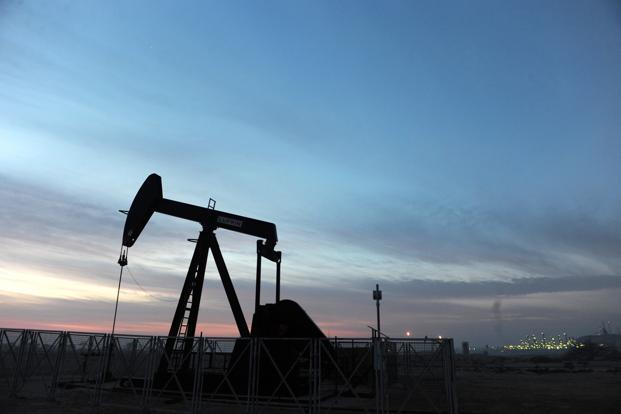WTI plunges to lowest level in history
Investors sold the May futures contract due to expire on Tuesday in a series of waves. At one point the contract hit negative $40. The crude oil had ended the day at a negative $37.63 a barrel

Traders desperate to avoid owning oil fled the markets, sending crude futures into negative territory for the first time ever, in recognition that the coronavirus pandemic has sapped demand for fuel and there is not enough storage for the massive glut of oil present on US soil.
Investors sold the May futures contract due to expire on Tuesday in a series of waves. At one point the contract hit negative $40. When the trading stopped, crude oil had ended the day at a negative $37.63 a barrel, a decline of some 305%, or $55.90 a barrel.
For as sudden as the day’s declines were, it was weeks in the making. The coronavirus pandemic cut fuel demand worldwide by roughly 30 percent beginning in early March, but for several weeks, the supply of oil worldwide has continued to build. Even the recent deal by OPEC and other major oil-producing countries to reduce supply will not be fast enough, nor large enough, to drain the millions of barrels of unneeded crude present in the markets.
That unwanted oil is instead going into storage, but in the United States, storage is filling much more quickly than anticipated. Cushing, Oklahoma, the tiny town of less than 10,000 people that serves as the main US storage hub, was 70 percent full as of last week, and traders say it will be full within two weeks.
That realization sparked Monday’s sell-off in US futures markets because of the technicalities of the West Texas Intermediate futures contract, which expires on Tuesday. When oil contracts expire, the holder has to take possession of 1,000 barrels of oil for every contract they own, delivered to Cushing.
However, with Cushing filling up, that leaves traders with the unappetizing option of taking oil they do not want, or getting out of those positions. The mad rush for the door means there were few buyers, and the contract dropped from a normal price of $18 on Friday into unprecedented negative territory.
For the first few hours of trading on Monday, the May oil futures steadily edged lower, widening the gap between that contract and the June contract, which, while weak, still ended the day at more than $20 a barrel. But with expiration on the way on Tuesday, the selling accelerated in the last two hours, with oil finally hitting negative territory roughly 20 minutes before the close of trading.